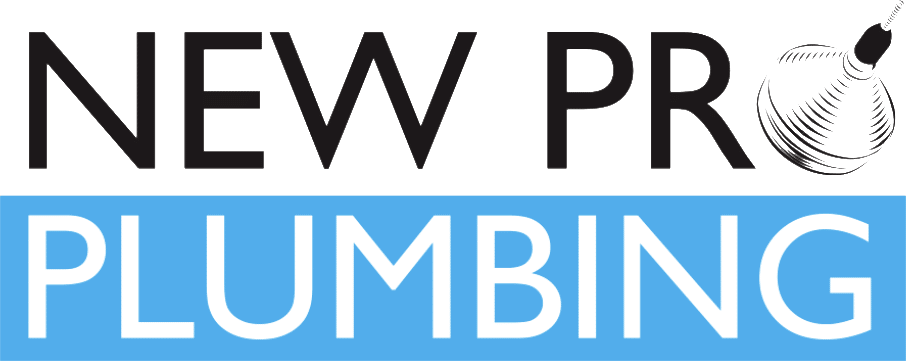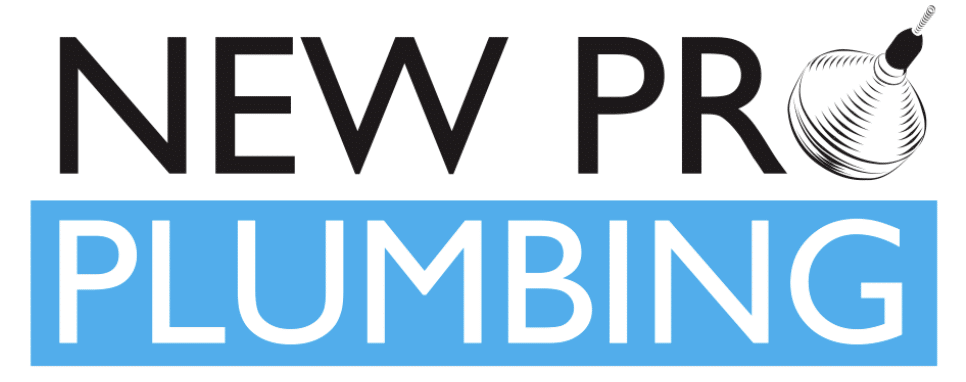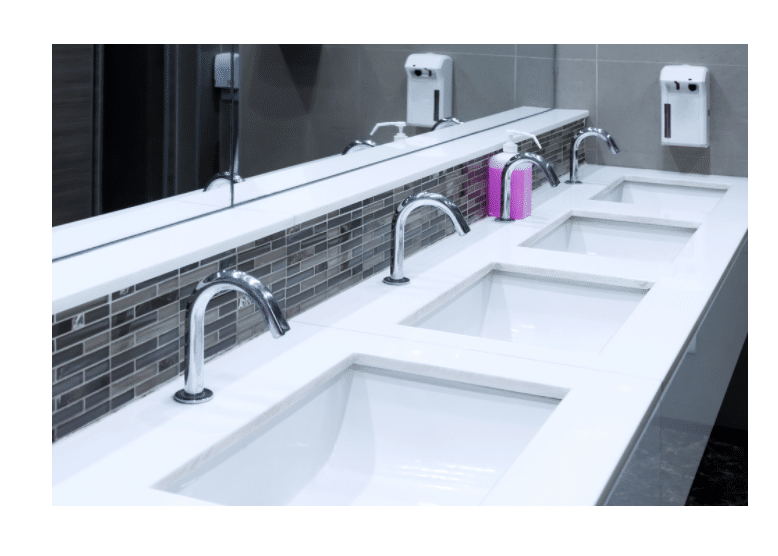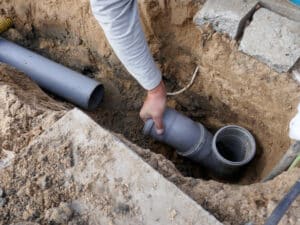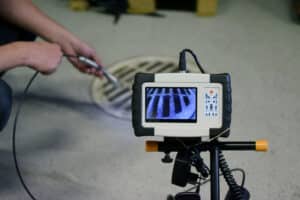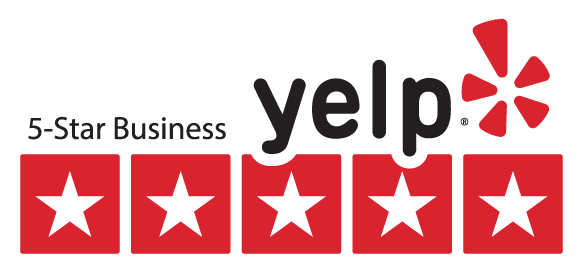Running a business comes with its fair share of challenges, and plumbing issues shouldn’t be one of them. However, commercial plumbing problems can disrupt daily operations and even lead to costly repairs if not addressed promptly. Whether it’s a leaky faucet in the restroom or a clogged drain in the kitchen, these problems can affect your business’s productivity and reputation.
Understanding common commercial plumbing issues is the first step in keeping your business running smoothly. From leaky fixtures to water temperature problems, knowing what to look for and how to fix these issues can save you time and money. Plus, having a basic understanding of these problems allows you to know when it’s time to call in a professional plumber for help.
Leaky Faucets and Fixtures
Leaky faucets and fixtures can be more than just an annoying drip. They can waste gallons of water and add up to your utility bills. In a busy commercial setting, where restrooms and kitchens are used frequently, these leaks can go unnoticed until they become a bigger problem.
Identifying the Problem: Start by checking the obvious places. Look under sinks for any signs of water pooling or dampness. Pay attention to any dripping sounds, especially in quieter hours when the building is less busy. Sometimes, the problem might be a worn-out washer or a faulty valve.
Simple Fixes:
1. Replace Washers: If you notice a leaky faucet, it might just need a new washer. This is a small, inexpensive part that you can usually replace on your own with a few basic tools.
2. Tighten Connections: Loose connections can also be a culprit for leaks. Ensure that all nuts and bolts are snugly tightened but be careful not to overtighten, as this can cause damage.
3. Upgrade Fixtures: If leaks persist, it might be time to upgrade to newer, more efficient fixtures. Modern fixtures are designed to be more water-efficient, which can help save on water costs and reduce leakage issues.
Clogged Drains and Toilets
Clogged drains and toilets are common in commercial spaces due to the high volume of use. They can disrupt daily business operations and create unpleasant conditions for employees and customers.
Common Causes: The main causes of clogged drains and toilets in commercial settings include grease buildup, food waste, paper towels, and even small objects accidentally flushed down the toilet. These clogs can cause slow drainage and even complete blockages if not addressed.
DIY Solutions:
1. Plungers and Drain Snakes: Keep a plunger and a drain snake handy. These tools can often handle minor clogs quickly. Plunging can dislodge blockages in toilets, while a drain snake can break up clogs in sinks and drains.
2. Hot Water and Dish Soap: For grease clogs in kitchen drains, try pouring hot water mixed with a little dish soap down the drain. The heat and soap can help dissolve grease deposits and clear the way.
3. Vinegar and Baking Soda: This natural solution is excellent for breaking down organic materials. Pour half a cup of baking soda followed by half a cup of vinegar down the drain. Let it sit for about 10 minutes, then rinse with hot water.
When to Call a Professional: If clogs become frequent or severe, it may be time to call in the experts. Persistent clogs might indicate a more significant underlying issue, such as tree roots in the sewer line or damaged pipes, which require professional intervention.
Understanding how to fix common plumbing problems like leaky faucets and clogged drains can save you time and money. Stay tuned, as we will discuss issues with water temperature and share some preventative maintenance tips to keep your commercial plumbing running smoothly.
Water Temperature Issues
Experiencing water temperature issues in a commercial setting can be frustrating. Whether it’s inconsistent hot water in the kitchen or scalding water in the restrooms, these problems can disrupt daily operations and cause discomfort for staff and customers.
Common Causes:
1. Faulty Water Heater: One of the main culprits for water temperature issues is a malfunctioning water heater. This could stem from a variety of issues, including a broken thermostat or a faulty heating element.
2. Cross-Connections: Sometimes, hot and cold water lines can mix due to cross-connections, leading to inconsistent water temperatures.
3. Sediment Build-Up: Over time, sediment can accumulate at the bottom of the water heater tank, affecting its efficiency and water temperature consistency.
Solutions:
1. Inspect and Adjust: Start by checking the water heater’s thermostat settings. Make sure they are set correctly according to your business needs.
2. Flush the Water Heater: Flushing the tank can clear out sediment build-up and improve efficiency. This involves draining the tank completely and then filling it up again.
3. Professional Inspection: If problems persist, call a plumber for a thorough inspection. They can check for any cross-connections and test the water heater components to pinpoint the issue.
Having hot water on demand is crucial for day-to-day operations, especially in businesses like restaurants or hotels. Fixing these issues promptly ensures a comfortable and smooth workflow.
Preventative Maintenance Tips
Preventative maintenance is key to avoiding major plumbing issues and keeping your commercial plumbing system in top shape. Regular checks and routine maintenance can save you from costly repairs and unexpected downtime.
Routine Checks:
1. Inspect for Leaks: Regularly inspect faucets, toilets, and sinks for any signs of leaks. Early detection can prevent bigger problems.
2. Clean Drains: Keep drains clear by using drain guards and regularly flushing them with hot water to break down any grease or debris build-up.
3. Check Water Pressure: Monitor the water pressure to ensure it’s within the normal range. High or low water pressure can indicate underlying issues.
Scheduled Maintenance:
1. Professional Inspections: Schedule yearly inspections with a professional plumber. They can catch and fix minor issues before they turn into major repairs.
2. Water Heater Maintenance: Have your water heater inspected and serviced annually to ensure it’s operating efficiently.
3. Backflow Testing: If your business has a backflow prevention device, make sure to test it annually to prevent contamination of the water supply.
By incorporating these preventative maintenance tips into your routine, you can extend the life of your plumbing system and ensure it operates efficiently.
Conclusion
Dealing with commercial plumbing problems can be a hassle, but understanding and knowing how to fix these common issues can save you time and money. From leaky faucets and clogged drains to water temperature issues, addressing these problems promptly can keep your business running smoothly. Regular preventative maintenance is essential for avoiding major disruptions and ensuring a reliable plumbing system.
If you’re facing persistent plumbing issues or simply want to ensure your plumbing is in top shape, don’t hesitate to reach out to New Pro Plumbing. Our team is here to provide expert commercial plumbing in Los Angeles, CA. Contact us today to schedule an inspection or service!
